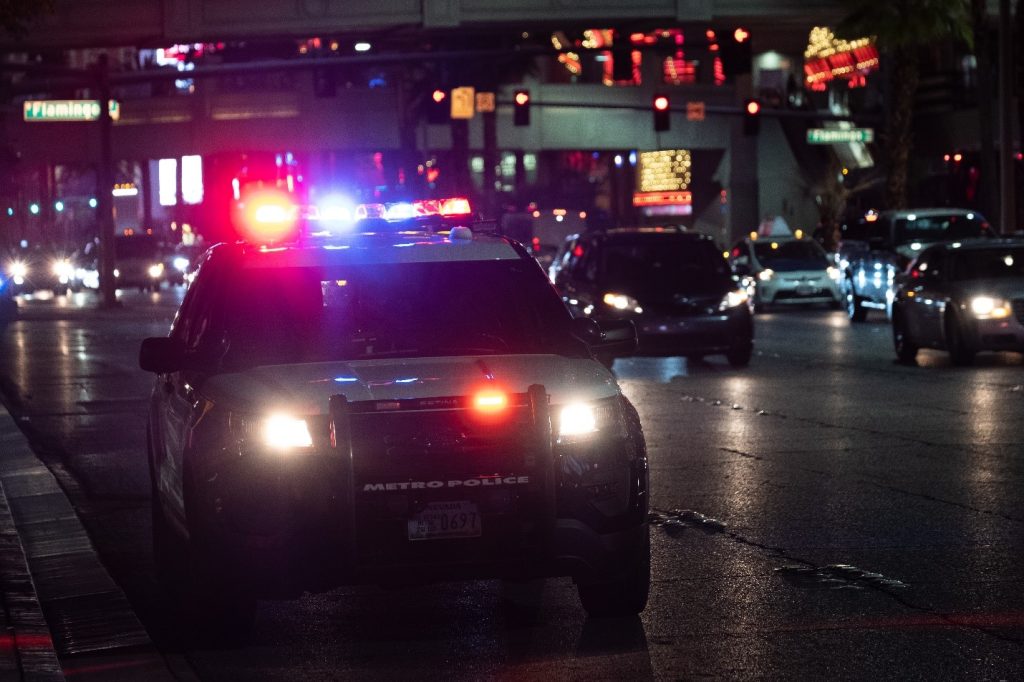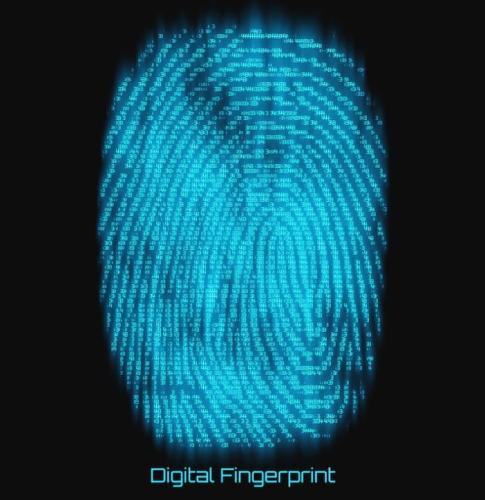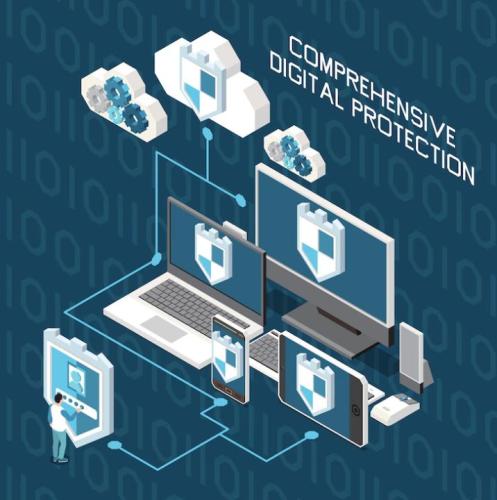Although investigators and police forces worldwide claim to have found unusual scenes of the event, there is an agreement in Criminalistics to determine the types, parts, and characteristics. We can find different types of scenes according to the place and the dynamics of the crime.
Upon receiving the request for collaboration at a crime scene, Forensic experts immediately arrive with the corresponding team to carry out the task entrusted to them. However, it would be inappropriate and also inefficient for all the personnel on duty to arrive with a large number of supplies and tools.
Then? The request for collaboration that arrives at the central office of the forensic department must have as much data as possible in order to have adequate information and act accordingly. This sometimes does not depend directly on the investigative area but on the police personnel, who are usually the first to arrive at the scene of the event or authorities, as we have already seen in other articles.
In any case, we will see the difference between the types of scenes of the fact or crime scenes and the particular characteristics of each one of them. Also, you’ll see how to perform image authentication for records captured from the scenes.
Scene characteristics
Forensic experts and investigators arriving at a crime scene can find themselves in literally any situation. Some events are so unusual that they go against the expected logic. But the characteristics and types of scenes are typified. There is an agreement in Criminalistics to define and order them. What are the types of crime scenes?

Scene types
Forensic science experts and security forces personnel affirm that we can find three types of scenes of the event. These are closed, open, or mixed scenes, depending on where the crime occurred.
Closed scene
It happens on sites surrounded by an artificial (office) or natural (cave) structure. The external structure protects the scene from climatic changes, and, in general, the amount of preserved evidence can be high.
Open scene
It corresponds to outdoor places such as parks, sidewalks, streets, rural areas, or forests. The effect of environmental conditions is noticeable, and the signs can disappear very quickly. But in this scene type, if there are cameras such as CCTVs, images, and videos of events can be captured. You will only need to use crime scene reconstruction software to perform image enhancement to grasp the activities well.
Mixed scene
The events take place in an open and closed setting at the same time, for example, a house that has an interior patio or an office with access to the street. Most of the scenes are of this type.
Parts of the scene
In addition to considering the type of scene of the event, investigators and forensic experts analyze the parts of it. Criminalistics specialists consider four parts of any crime scene: epicenter, access route, escape route, and surrounding area.

Epicenter
It is the site richest in evidence, where the body, the weapon, or any other element relevant to the investigation is usually found.
Path
It is the place where the delinquent reaches the core of the scene. They are almost always doors, windows, corridors, and stairs.
Escape route
It is the place where the offender leaves the scene of the events. It usually corresponds to the path, but it is not always given.
Surrounding area
It is a perimeter around the area where it is possible to find other clues. The extension of this area depends on each case, although the ideal is to go from larger to smaller, always around the nucleus.
Conclusion
Regardless of the scene type or part, it is usually easy to get a solution to the crime if there are cameras around that area. In this case, you can have an image or video recording of the event. The only tedious thing is when images or videos captured are blurry. But this is no longer a problem as we now have CCTV footage enhancement software online like MC2 security cloud.

